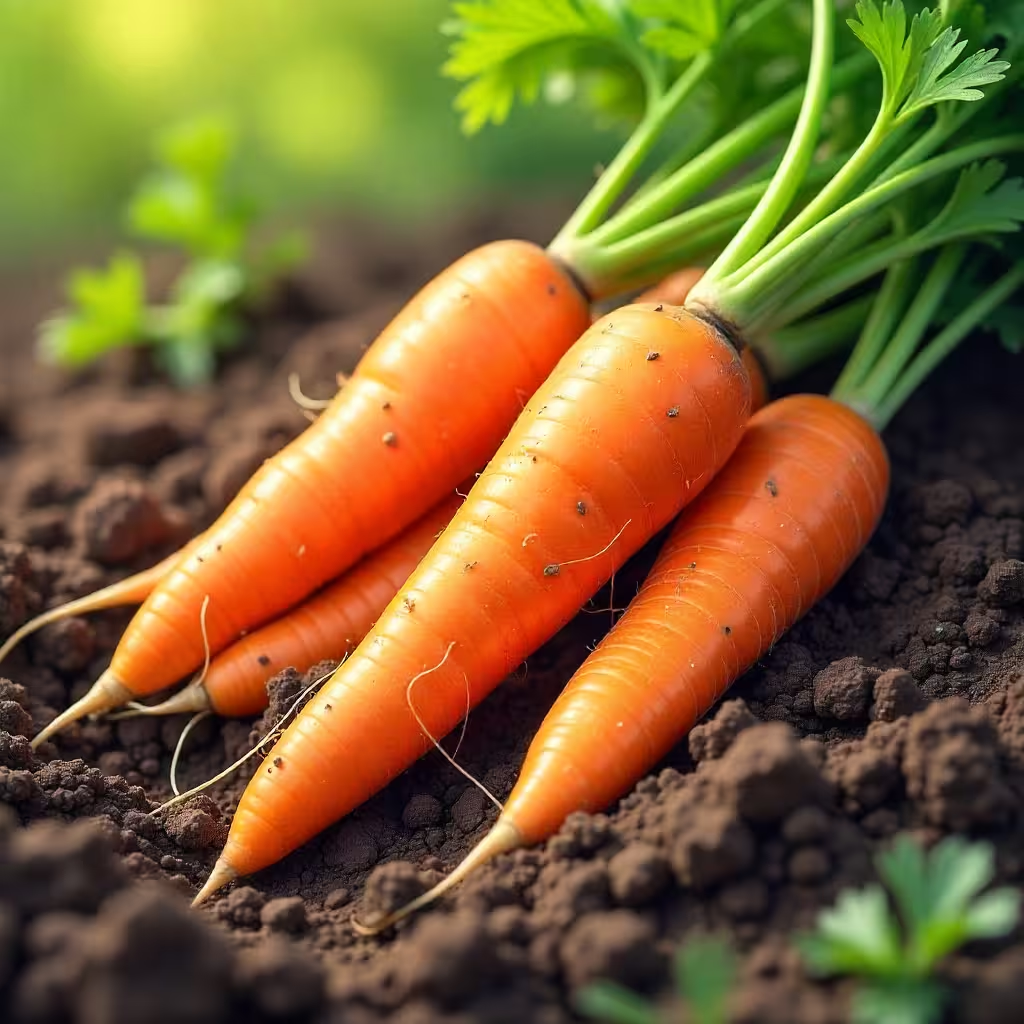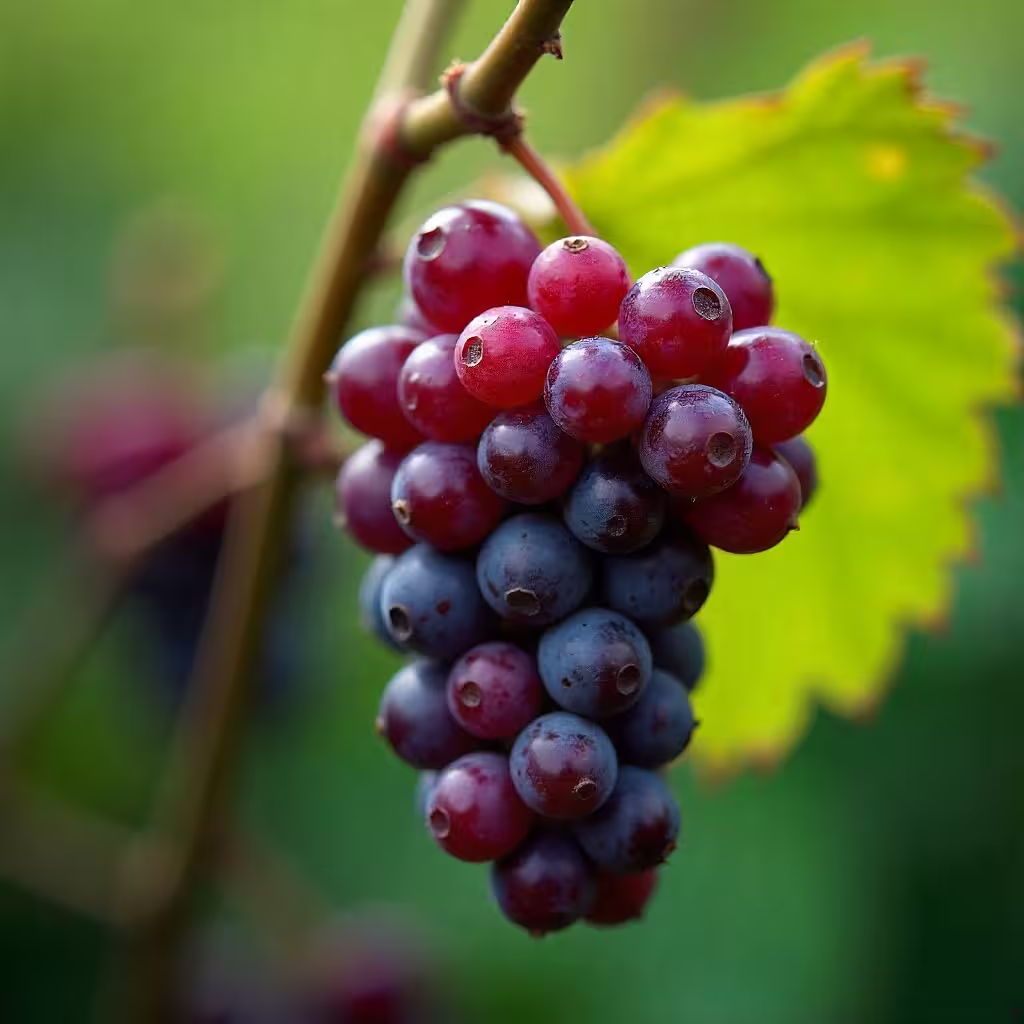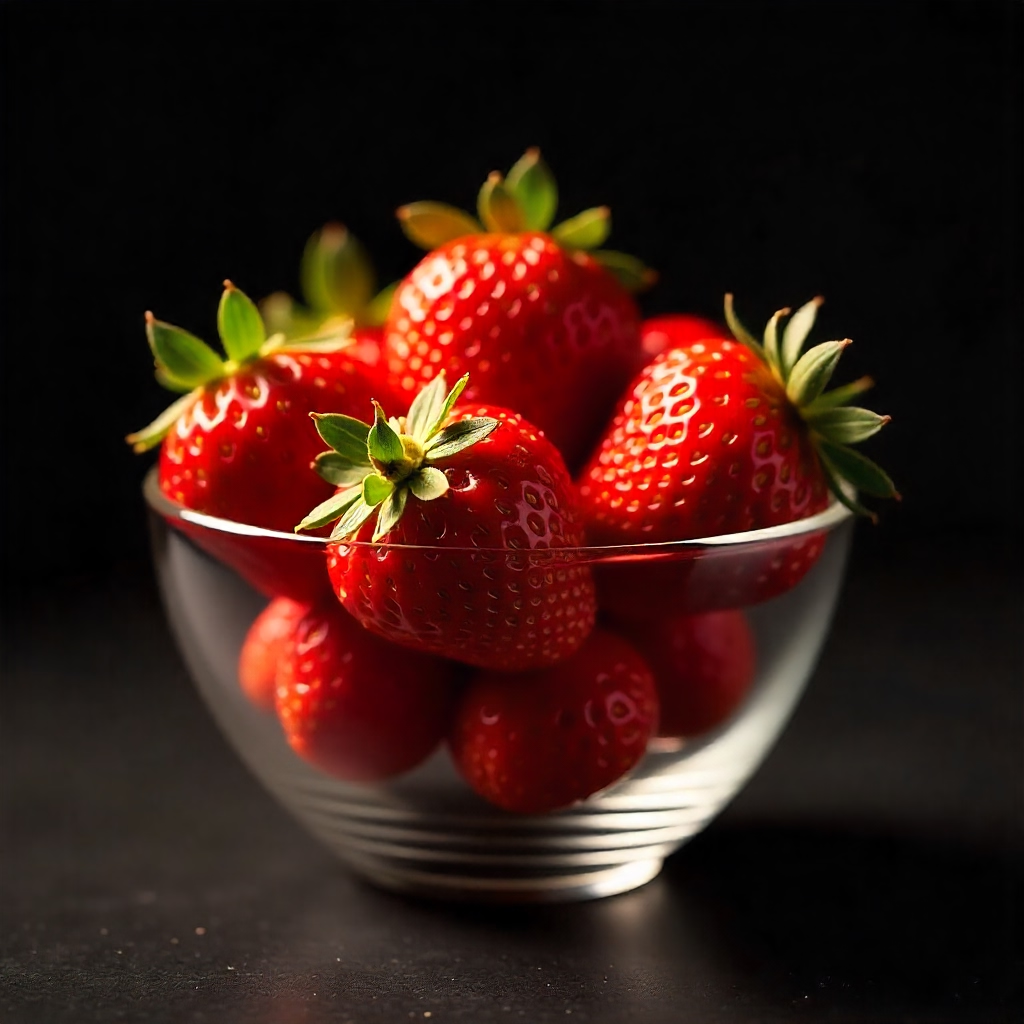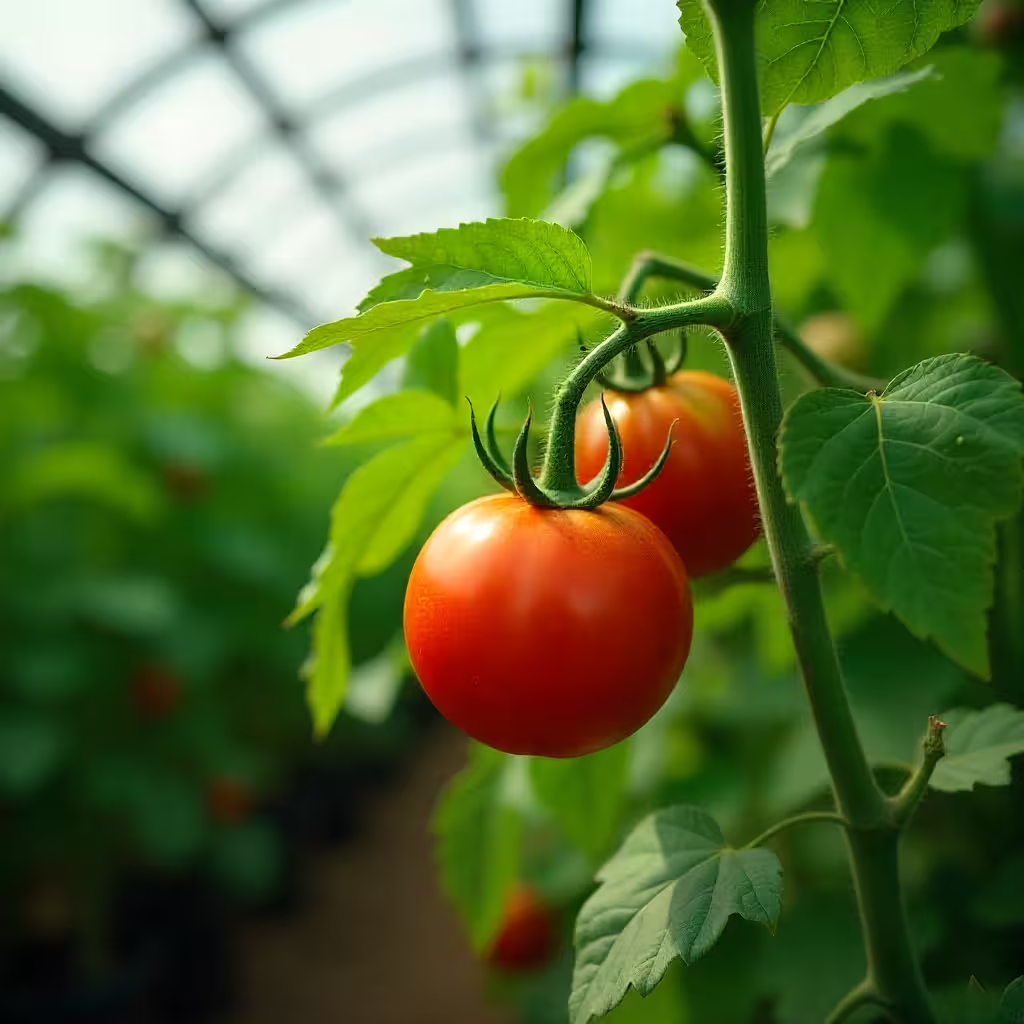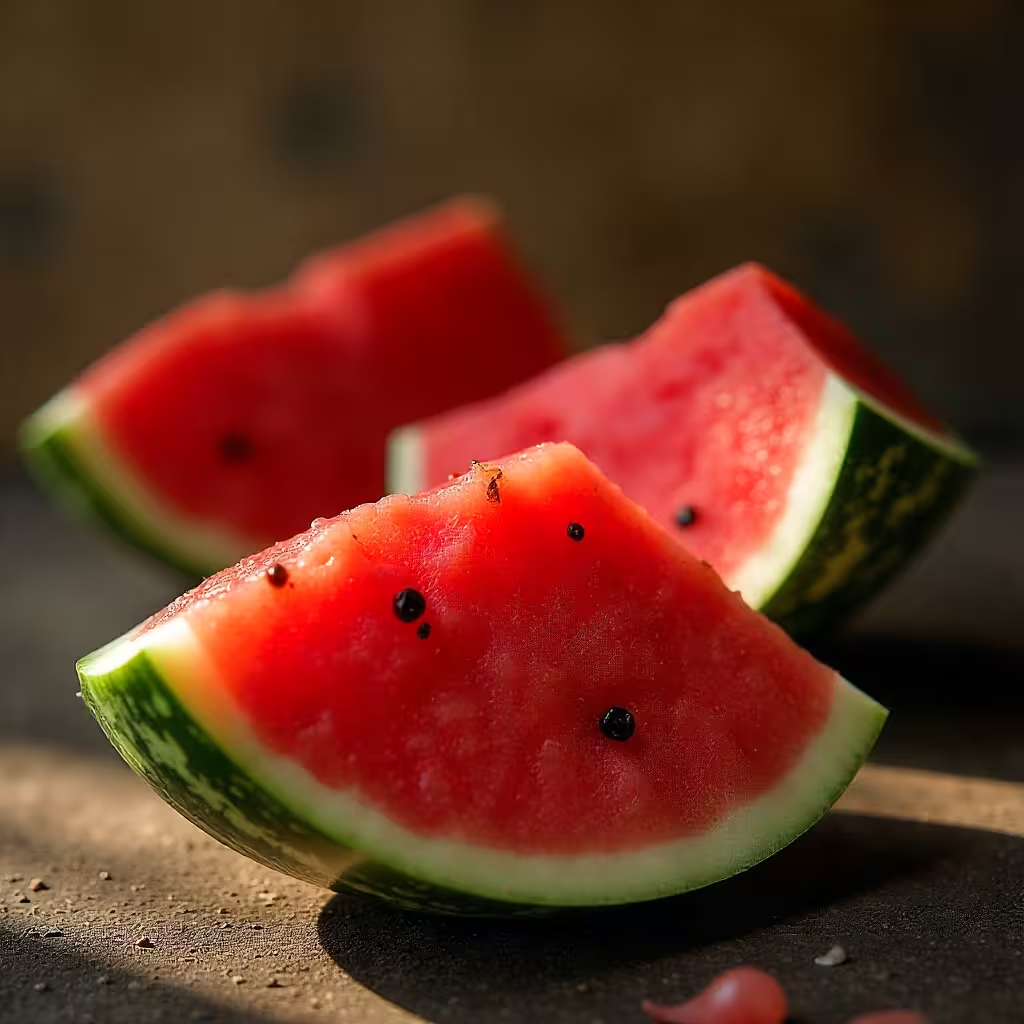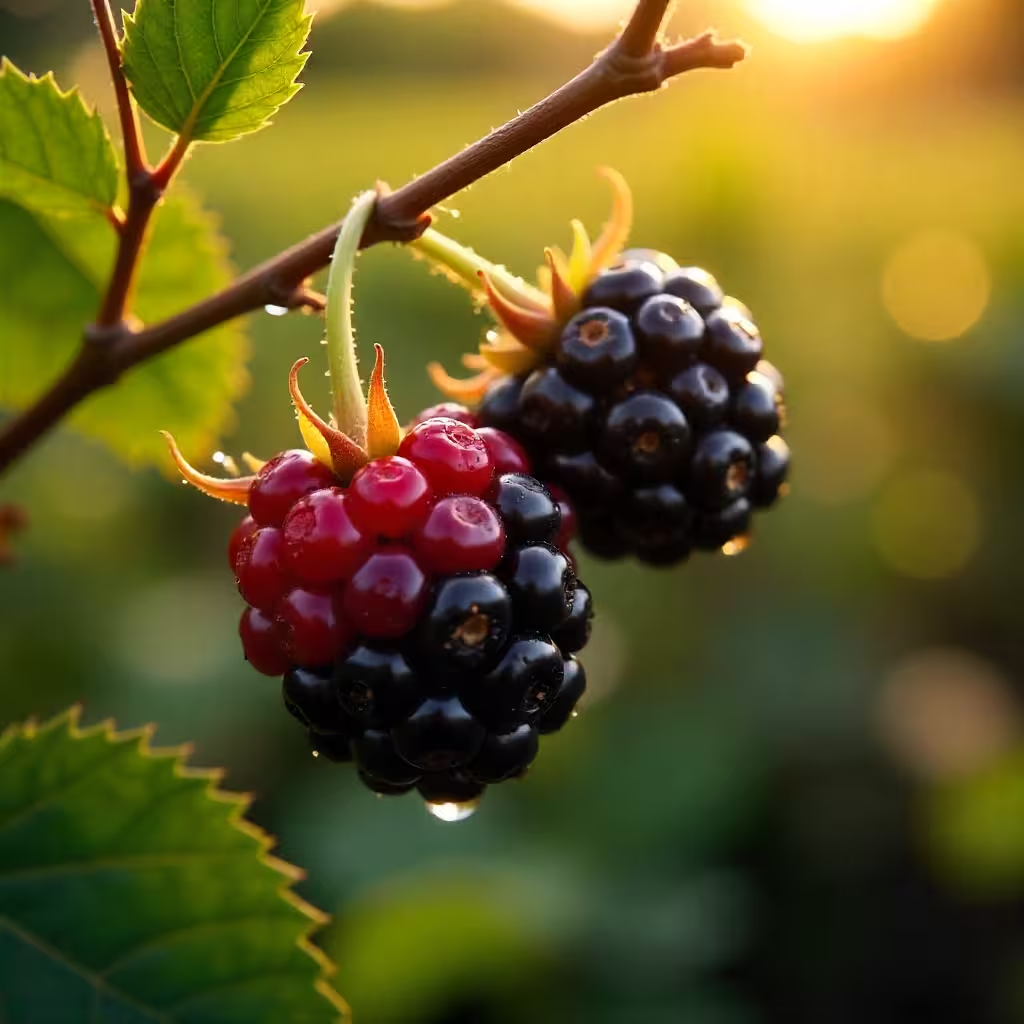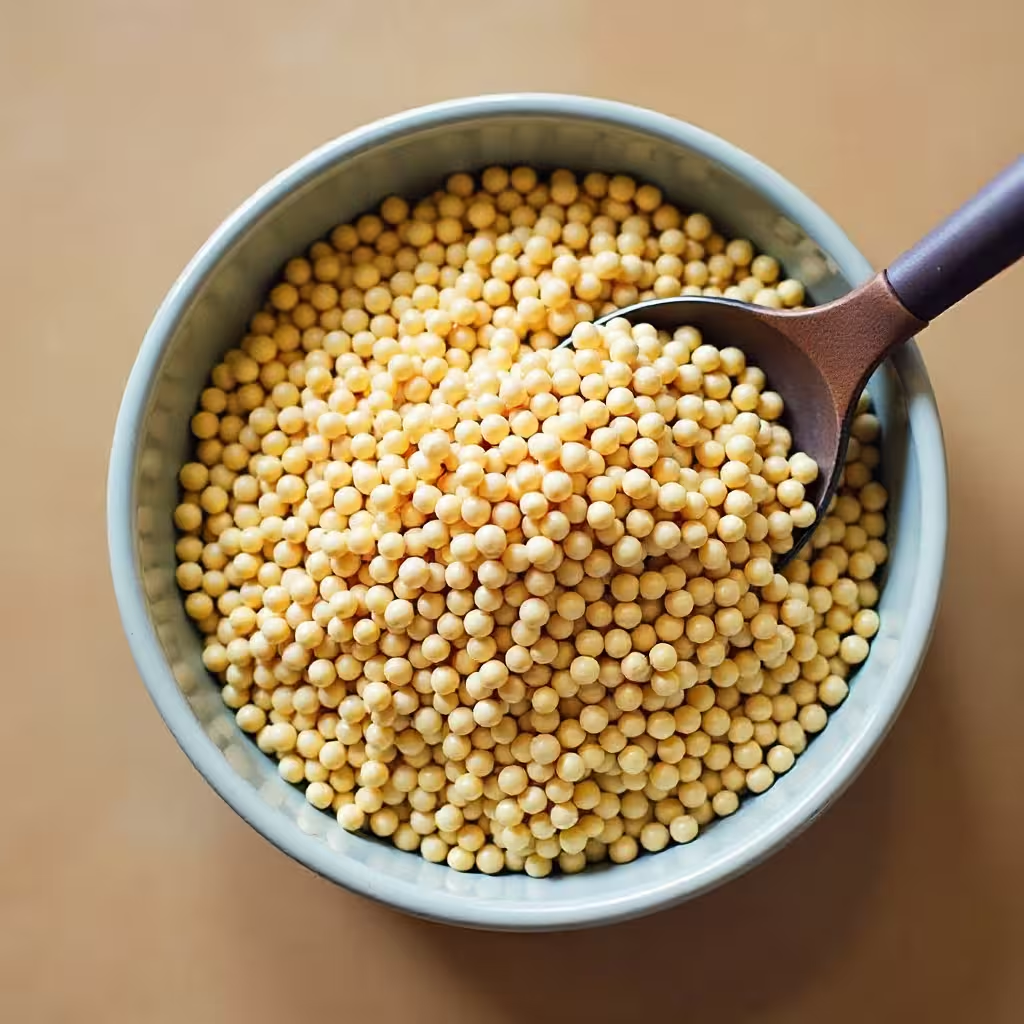Strawberries: A Powerhouse for Brain Health
Strawberries stand out as one of nature's most potent brain-boosting fruits, packed with an extraordinary array of compounds that protect and enhance cognitive function. These vibrant red berries contain high concentrations of flavonoids, particularly anthocyanins and pelargonidin, which give them their distinctive color and provide powerful neuroprotective effects.
The brain benefits of strawberries are multifaceted and scientifically supported. These berries are rich in antioxidants that combat oxidative stress, one of the primary factors in cognitive decline and neurodegenerative diseases. The flavonoids in strawberries can cross the blood-brain barrier, directly influencing areas of the brain responsible for learning and memory, particularly the hippocampus. Research suggests that regular consumption of strawberries may slow age-related cognitive decline by up to 2.5 years.
Strawberries are exceptional sources of vitamin C, providing more than 100% of the daily recommended intake in just one cup. Vitamin C is crucial for the synthesis of neurotransmitters, particularly dopamine and norepinephrine, which regulate mood, motivation, and cognitive processing. The vitamin C content also supports the production of collagen, which maintains the integrity of blood vessels supplying the brain with oxygen and nutrients.
The anti-inflammatory properties of strawberries play a vital role in brain health. Chronic inflammation in the brain is linked to conditions like Alzheimer's disease, Parkinson's disease, and depression. The polyphenols in strawberries help reduce neuroinflammation by inhibiting inflammatory pathways and protecting neural cells from damage. This anti-inflammatory action extends to reducing the formation of beta-amyloid plaques, the protein deposits associated with Alzheimer's disease.
Strawberries also contain fisetin, a unique flavonoid that has shown remarkable promise in enhancing long-term memory. Fisetin strengthens the connections between brain cells and promotes the survival of neurons, even in the presence of stress or disease. Studies have demonstrated that fisetin can stimulate pathways involved in memory formation and reduce the accumulation of toxic proteins in the brain.
The folate content in strawberries supports brain health by reducing homocysteine levels in the blood. Elevated homocysteine is associated with cognitive impairment and an increased risk of dementia. By keeping homocysteine levels in check, strawberries help maintain healthy brain function throughout life. Additionally, the manganese in strawberries supports brain metabolism and protects against free radical damage.
Regular strawberry consumption has been linked to improved executive function, which includes skills like planning, problem-solving, and multitasking. The berries' ability to enhance blood flow to the brain ensures that neural tissues receive adequate oxygen and glucose, optimizing mental performance. Some studies suggest that eating strawberries can improve cognitive flexibility and processing speed, particularly in older adults.
Featured Content
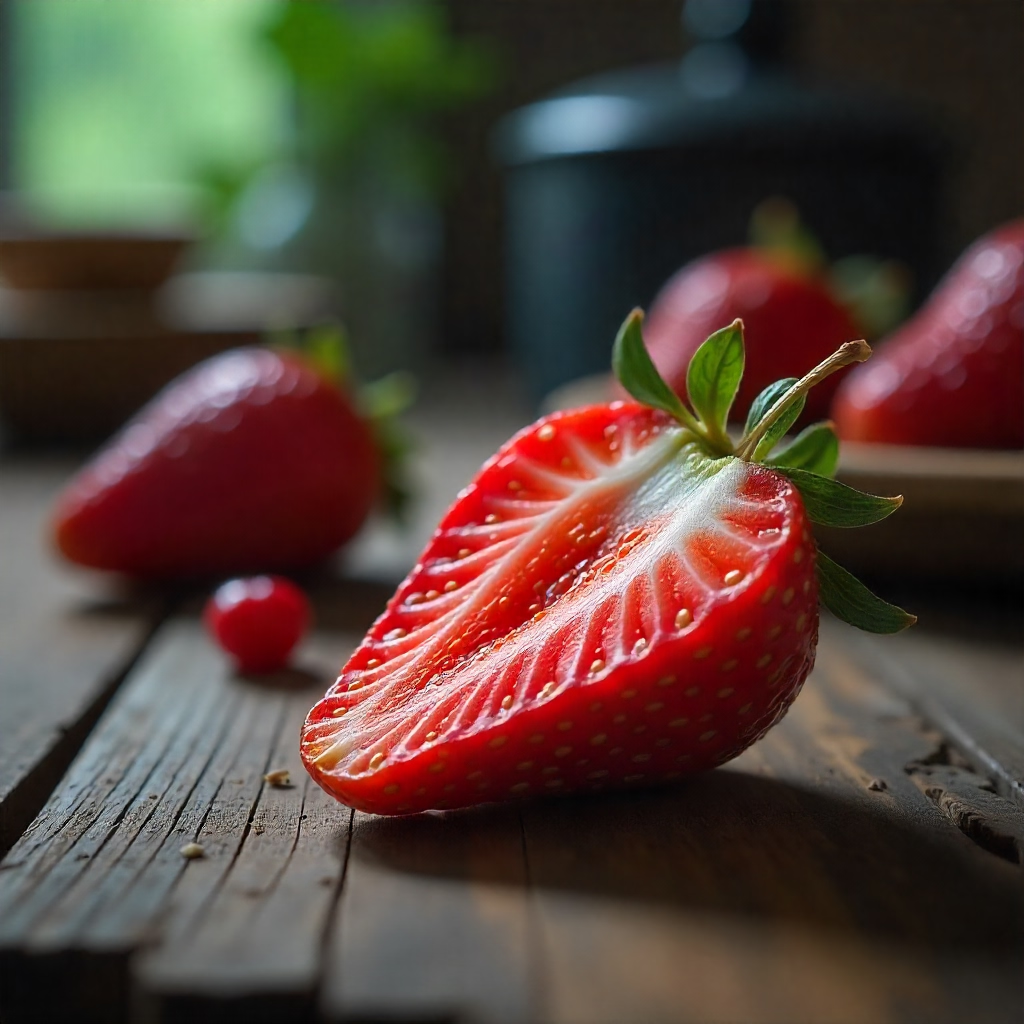
Strawberries have achieved universal popularity, appearing in cuisines and cultures worldwide. Fresh strawberries are enjoyed as a simple snack, sliced into breakfast cereals, or blended into smoothies for a nutritious start to the day. They're commonly used in desserts ranging from strawberry shortcake to pavlovas, and their natural sweetness makes them perfect for jams, preserves, and syrups. Freeze-dried strawberries have become increasingly popular as a portable, shelf-stable snack that retains most of the fruit's nutrients. In the beverage industry, strawberries are transformed into juices, flavored waters, and even incorporated into alcoholic drinks like daiquiris and champagne cocktails. The versatility of strawberries extends to savory applications as well, with chefs incorporating them into salads with balsamic vinegar and fresh herbs, or pairing them with cheeses for sophisticated appetizers.
Additional Insights

In Africa, strawberry cultivation has expanded significantly in recent decades, particularly in countries with suitable climates like Kenya, Ethiopia, South Africa, and Egypt. Fresh strawberries are often enjoyed as a premium fruit, sometimes reserved for special occasions due to their cost and availability. In urban markets, strawberries are sold fresh and are increasingly popular among middle-class consumers seeking nutritious foods. African food vendors blend strawberries into fresh fruit juices mixed with other tropical fruits like passion fruit, mango, and pineapple, creating vibrant, vitamin-rich beverages. In some regions, strawberries are made into homemade jams that are spread on bread or used as toppings for traditional porridges. The growing café culture in cities like Nairobi, Addis Ababa, and Johannesburg has introduced strawberry-based smoothies and desserts that blend Western influences with local flavors.
In-depth Analysis
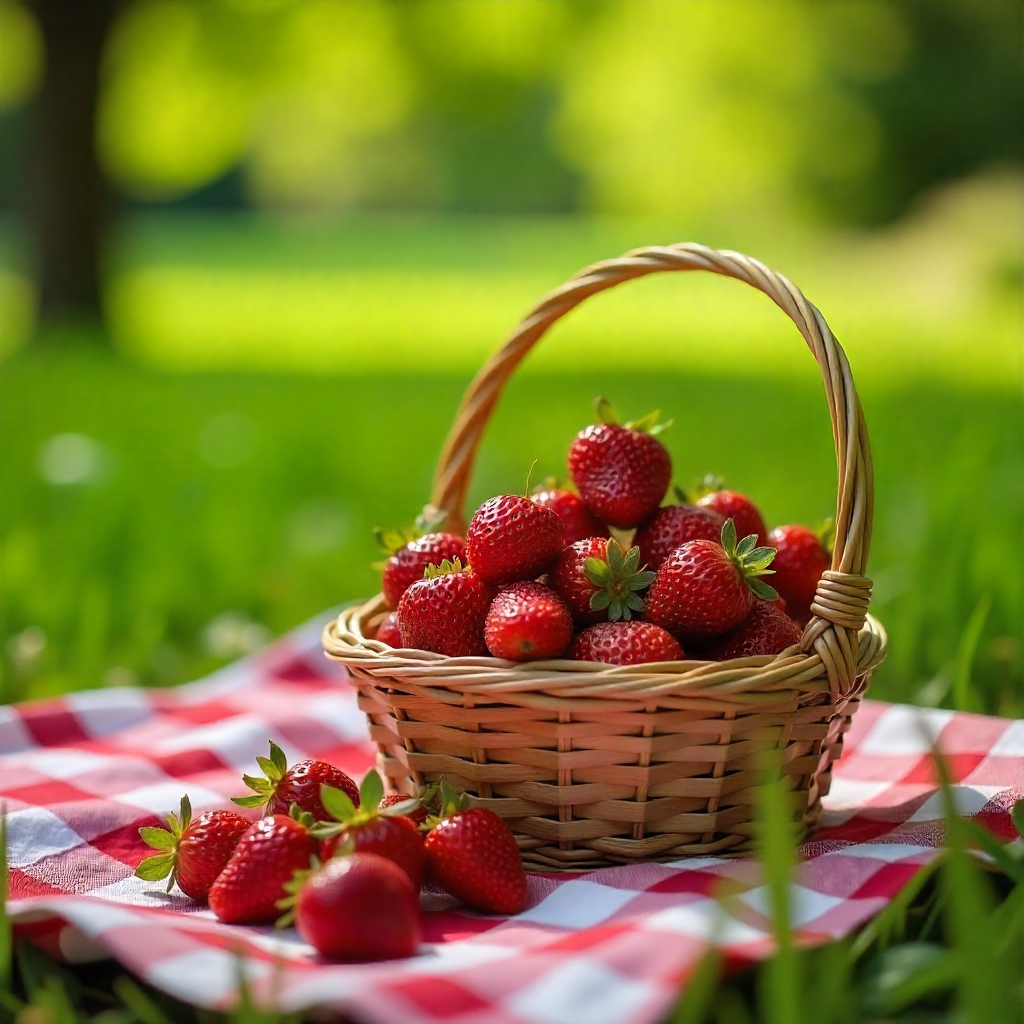
The United States is one of the world's largest producers and consumers of strawberries, with California growing nearly 90% of the nation's crop. Americans enjoy strawberries fresh, often purchasing them by the pound at farmers' markets and grocery stores year-round. Classic American preparations include strawberry shortcake—a beloved dessert featuring sweetened strawberries layered with fluffy biscuits and whipped cream. Strawberries are essential to the American breakfast table, commonly added to pancakes, waffles, oatmeal, and yogurt parfaits. The US has a strong tradition of strawberry preserves and jams, often made during peak season for year-round enjoyment. Strawberries are also popular in baked goods like pies, muffins, and cheesecakes. The health-conscious American market has embraced strawberries in protein smoothies, açai bowls, and as toppings for Greek yogurt. Additionally, chocolate-covered strawberries have become an iconic romantic treat, especially popular around Valentine's Day.
Key Highlights

Europe has a long and cherished relationship with strawberries, with wild varieties having been consumed for thousands of years. The modern garden strawberry actually originated from European cultivation efforts in the 18th century. In the United Kingdom, strawberries with cream is a quintessential summer treat, famously associated with Wimbledon tennis championships. French cuisine elevates strawberries in elegant preparations like tarts, clafoutis, and the classic fraisier cake layered with mousseline cream. Germany celebrates strawberry season with festivals and uses the berries in traditional cakes like Erdbeerkuchen. In Spain, strawberries from Huelva are internationally renowned and often enjoyed simply with a sprinkle of sugar or dipped in chocolate. Italian gelato makers craft exquisite strawberry gelato, while Eastern European countries prepare strawberry compotes and preserves. Throughout Europe, strawberries are commonly paired with champagne, prosecco, or wine, and are featured prominently in pastry shops during their peak season from May to July.
Final Thoughts
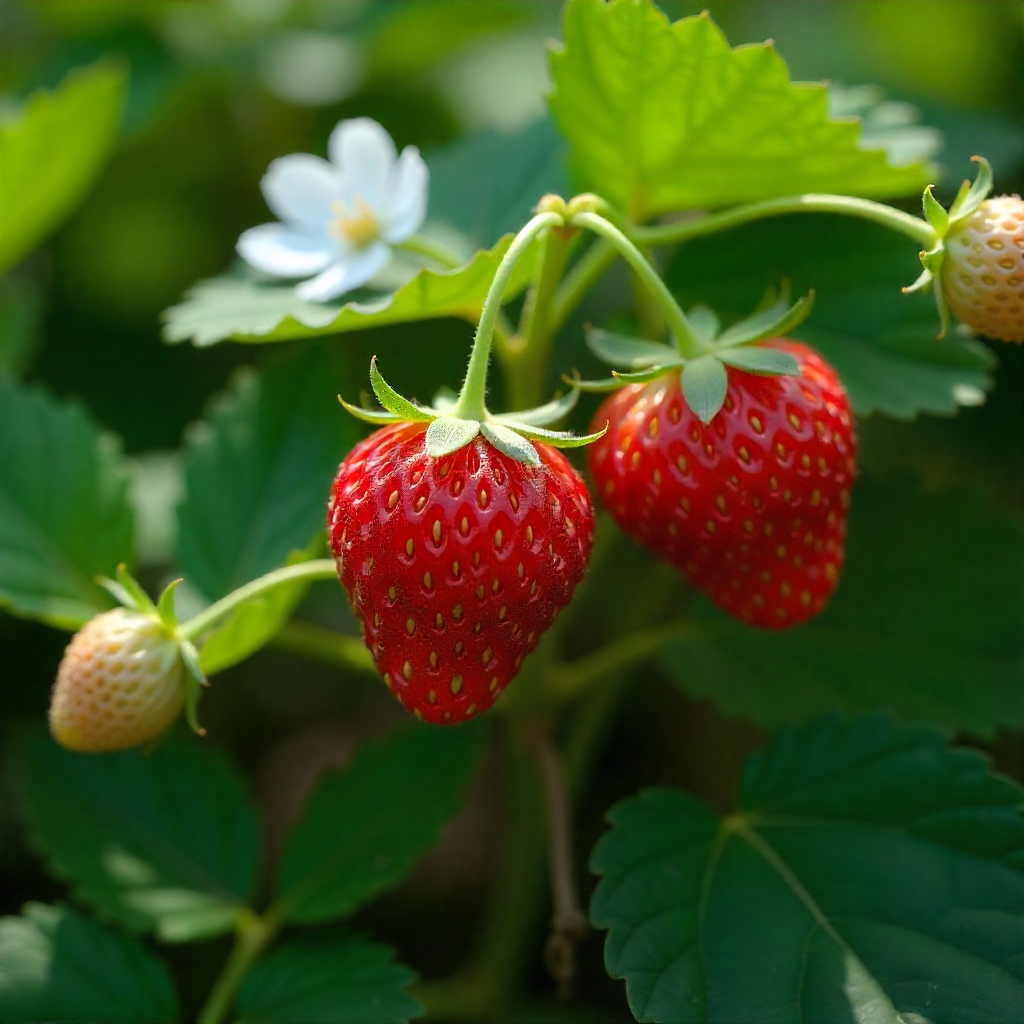
Rwanda has emerged as an exciting success story in African strawberry cultivation, particularly in the volcanic highlands where the cool climate provides ideal growing conditions. Strawberry farming was introduced to Rwanda in the early 2000s and has grown into a valuable cash crop for smallholder farmers, especially in the Northern and Western provinces. Fresh strawberries in Rwanda are sold in local markets and increasingly supplied to hotels, restaurants, and supermarkets in Kigali, where they're appreciated for their sweetness and quality. Rwandan entrepreneurs have developed strawberry value-added products including jams, juices, and yogurt blends that are sold domestically and exported to neighboring countries. The country's strawberry cooperatives have empowered women farmers who manage much of the cultivation and processing. Rwandans enjoy strawberries fresh, often as a nutritious snack, and increasingly incorporate them into smoothies and fruit salads. The government has supported strawberry farming as part of agricultural diversification efforts, recognizing both the nutritional value and economic potential of this brain-healthy fruit for improving livelihoods and food security.



